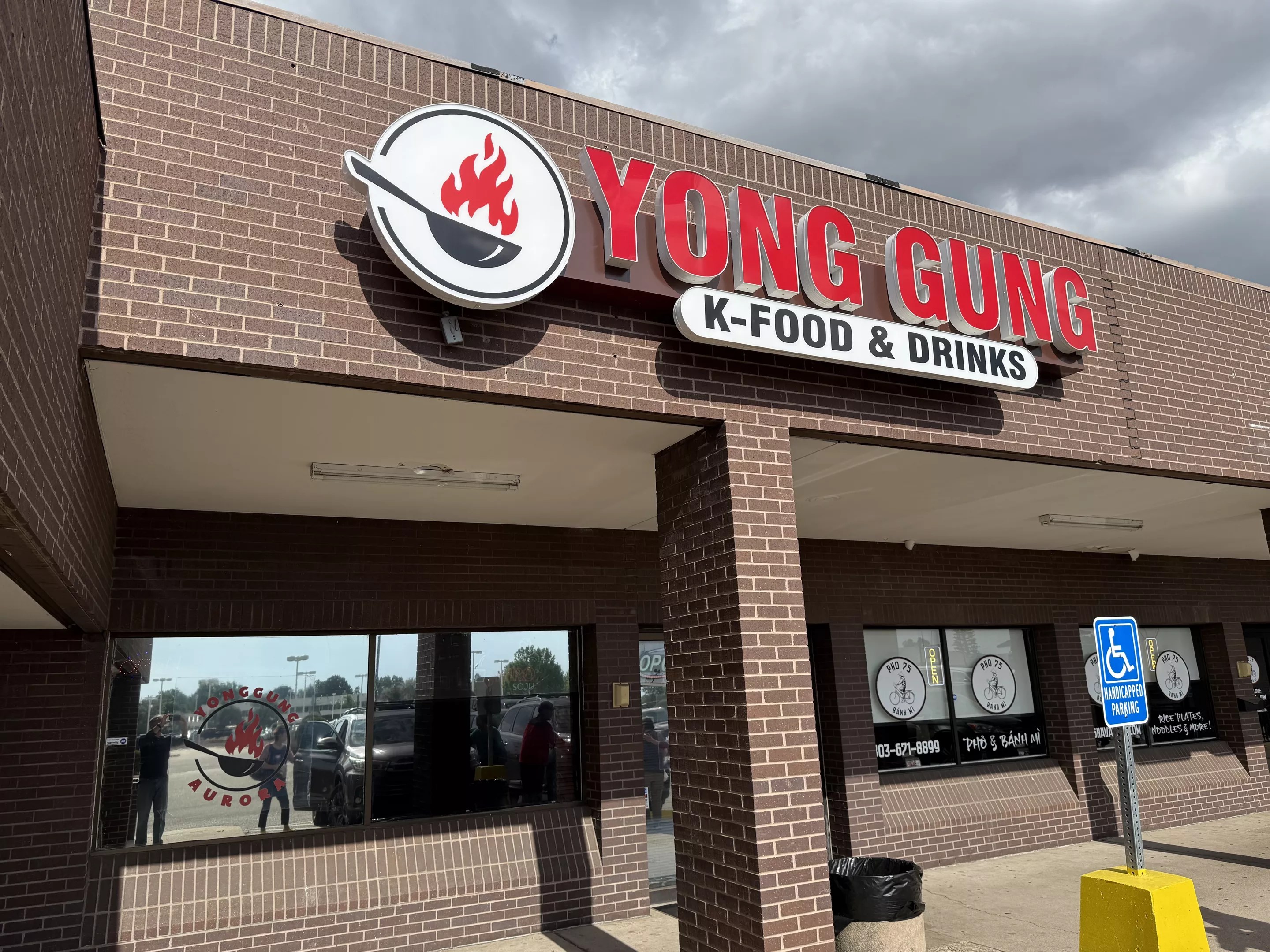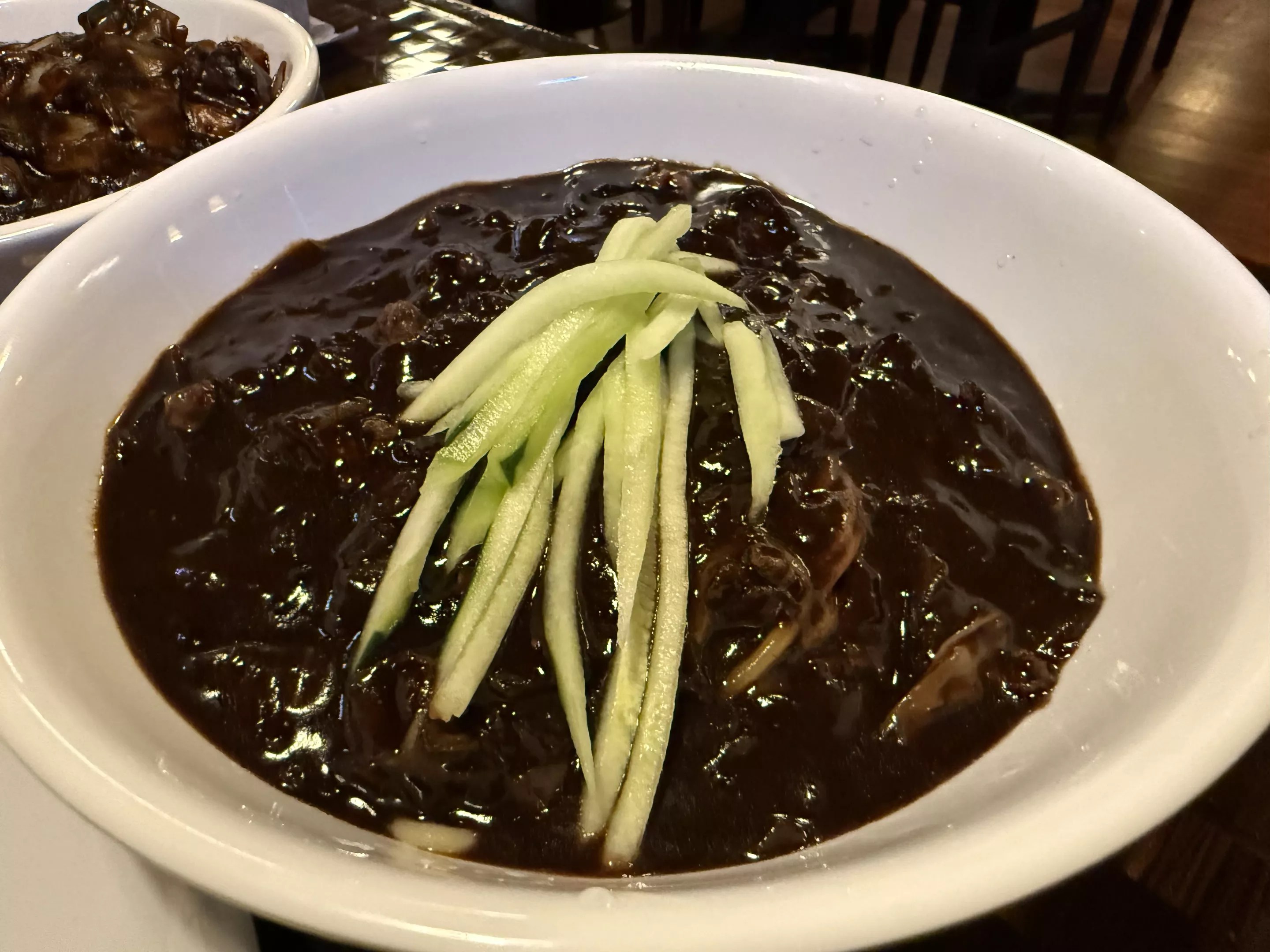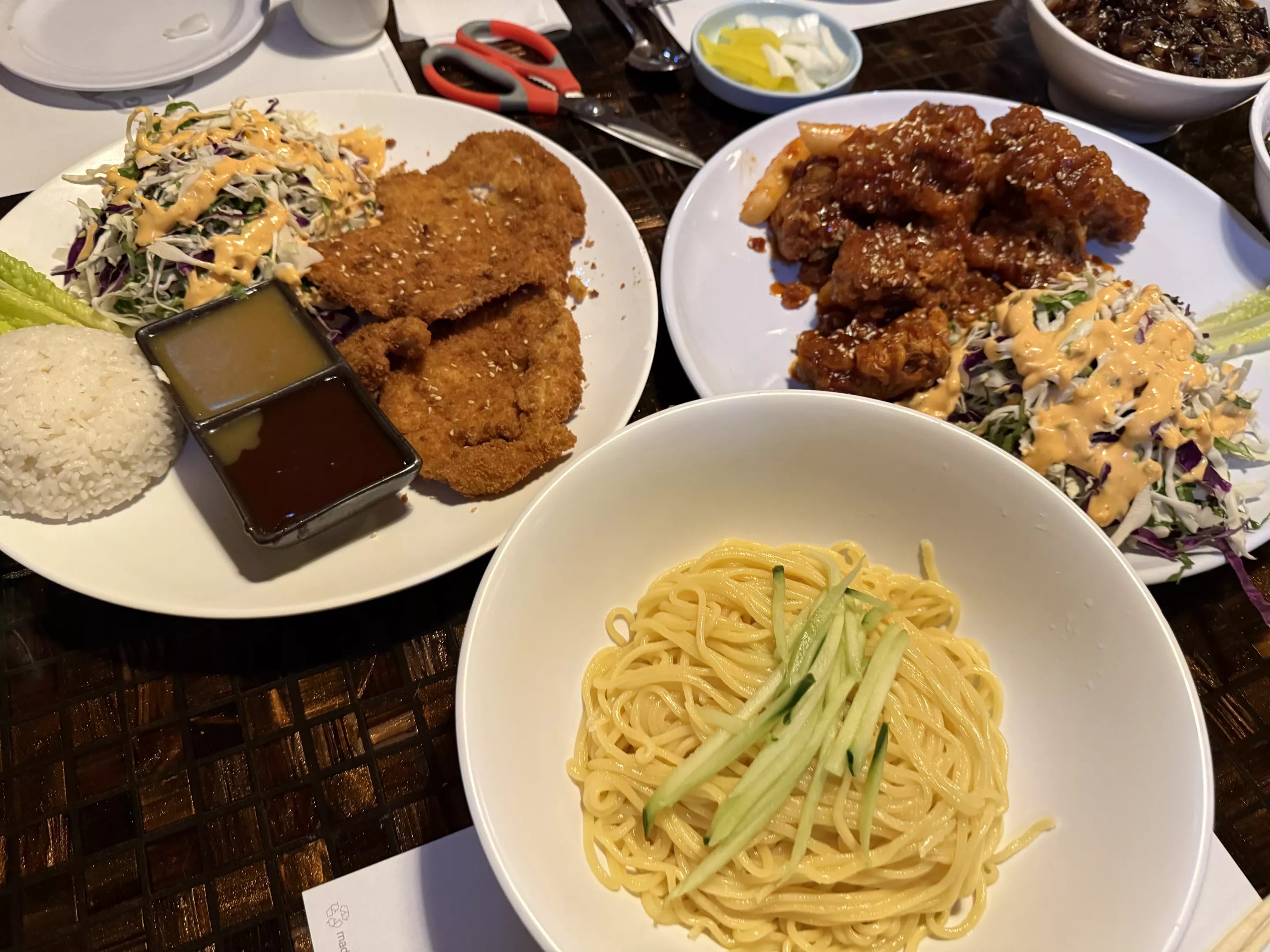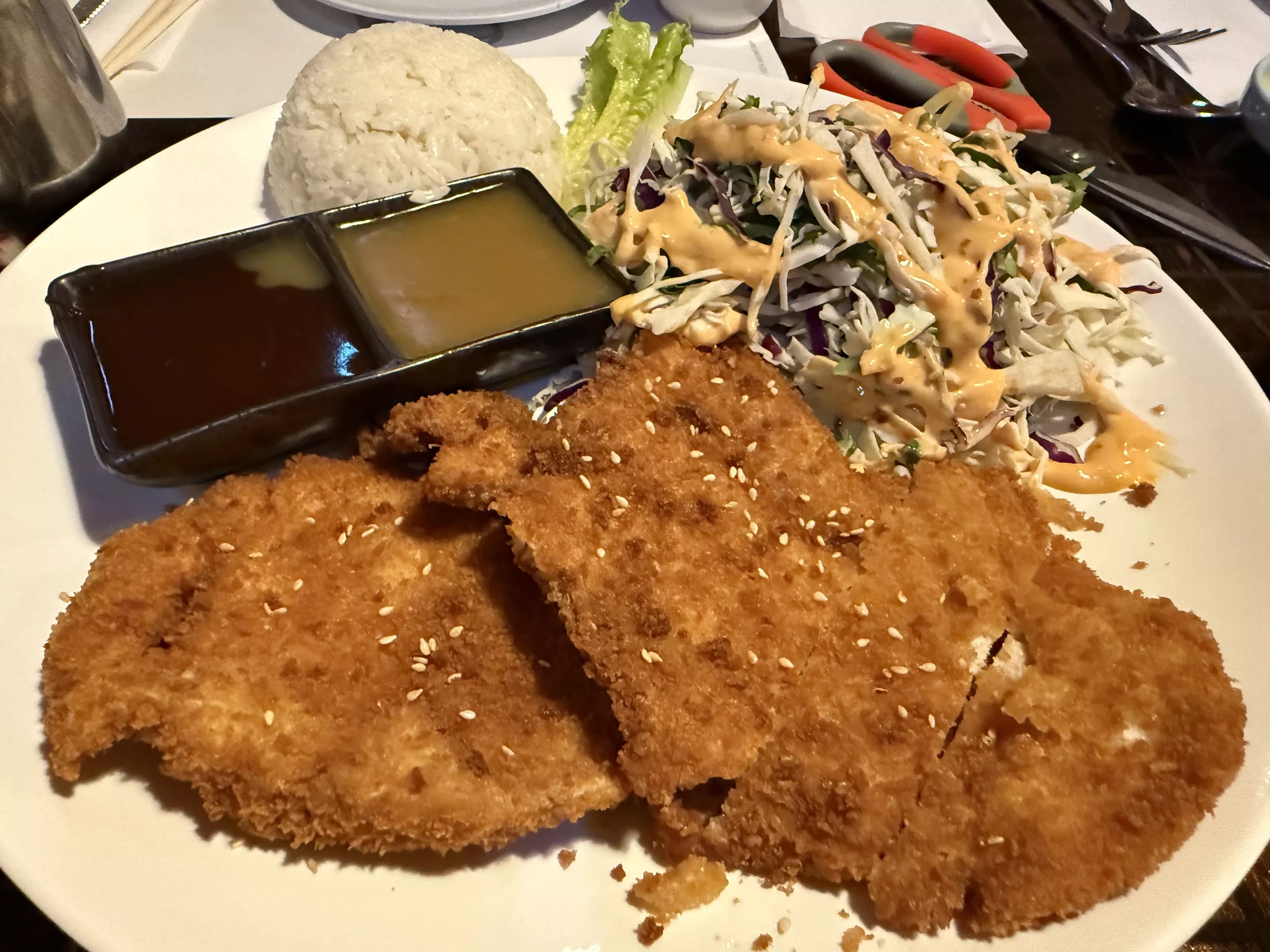
Antony Bruno

Audio By Carbonatix
Over a decade ago, former Westword food editor Mark Antonation began his food-writing career by eating his way up Federal Boulevard. Now, we’re turning our attention to another vibrant culinary corridor. The four-plus-mile stretch of Havana Street between Dartmouth and Sixth Avenue in Aurora is home to the most diverse array of international cuisine available in the metro area. From restaurants and markets to take-and-go shops and stands, food lovers of nearly any ethnicity or interest can find a place that will remind them of home or open new culinary doors. In Eat Up Havana, Antony Bruno will visit them all, one by one, week by week. Previous stops:
Denver, make your New Year’s Resolution Count!
We’re $17,500 away from our End-of-Year campaign goal, with just a five days left! We’re ready to deliver — but we need the resources to do it right. If Westword matters to you, please contribute today to help us expand our current events coverage when it’s needed most.
Next Up: Yong Gung Yong Gung on Havana Street (translation: “Dragon Palace”) Antony Bruno
When people describe Aurora’s Havana Street, the term most commonly used is “diverse.”
The label is more than fair, of course, given that there are restaurants representing cuisines from nearly every continent in the world along its four-mile stretch. But for as wide a spectrum of international cuisines that Havana Street offers, it’s worth noting how deep this diversity runs as well.
For instance, the southernmost mile of Havana Street is home to about a dozen Korean restaurants, each of which offers a slightly different slice of that country’s rich culinary heritage. Some are the more recognizable Korean BBQ or fried chicken concepts. Others are more specialized, focused on soups or Korean pub food.
And then there’s Yong Gung, offering perhaps the most unique specialization yet – Korean-Chinese cuisine.

A staple of Korean-Chinese cuisine, jajangmyeon is a deeply rich and umami mix of black bean sauce and pork over house-made noodles.
Antony Bruno
Like American-Chinese cuisine, Korean-Chinese cuisine was created when Chinese immigrants to Korea brought their style of food with them, and eventually adapted it to local tastes, ingredients and styles.
Just as the American-Chinese food evolution begat such dishes as General Tso’s chicken, beef and broccoli, and crab rangoon, in Korea it turned into jajangmyeon (noodles in a black bean paste), jjambbong (a spicy seafood stew) and udong (a less-spicy seafood stew in a white broth). And while these Korean-Chinese dishes are less commonly found in the U.S. outside of large Korean population centers, they’re a near-daily staple in Korea at restaurants known as joongguk jib (“China House”).
“If you go to Korea, you’re going to find restaurants just like us literally on every other corner,” says Yong Gung owner Kyle Lee. “It’s like a hamburger place in America. This is basically Korean street food.”
Lee was born and raised in Korea, and later moved to the Los Angeles area where he worked in restaurants for twenty years. He bought Yong Gung three years ago from founder Jae Han (who established the restaurant after selling the nearby Seoul BBQ to the Seoul Hospitality Group).

Be sure to order a good mix of noodles, meats, and soups for the best experience.
Antony Bruno
Since then, Lee has remodeled the restaurant to almost a nightclub vibe, with dark walls, shiny glittering tiles on the tables, and energetic music filling the air. He also made some changes to the menu, including adding a number of American-Chinese dishes – such as orange chicken, mapo tofu, and chicken lettuce wraps – to appeal to diners unfamiliar with the more traditional fare.
But what makes Yong Gung (which means “Dragon Palace” in Korean) stand out are those noodle-based Korean-Chinese dishes, which you’re unlikely to find at other Korean restaurants in the area. The noodles are all made in-house and served with a variety of sauces and toppings, along with a pair of scissors to cut them down to a manageable size for eating.
The house-special jajangmyeon noodles are covered in pork and black bean sauce, as dark as night and deeply umami. Ordering them with the combo (always a smart idea for first-timers) will get you the jjambong stew, the spiciness of which will help cut through the richness of the jajangmyeon. Topping it off is a savory breaded pork katsu, served with a traditional katsu dipping sauce as well as a curry sauce to mix things up.

Yong Gung’s fried chicken is both spicy and sweet, and is a sure-fire hit.
Antony Bruno
That’s just one of three combos offered, all of which allow substitutions from a recommended list for an extra fee; just be sure to keep the mix of dishes in line with the noodle-soup-protein mix, since ordering two noodle dishes can wind up feeling a bit one-note. You can also tinker with spiciness: While the menu includes chili symbols next to each dish to represent how hot each is (1 = mild, 5 = 3x hot, 7 = “hell”), the kitchen will tone it down or turn it up based on your preference. This is not a one-spice-fits-all place, and a little heat pairs very well with the savory noodles. So go for it!
Also be sure to check out the highly varied “Something More” section of the menu, which includes a can’t-miss spicy Korean fried chicken (hot from the gochujang but tempered with a sweetness), ddukbokki rice cakes and a jellyfish salad among the many options.

Pork katsu, with both a traditional katsu sauce, and a curry sauce.
Antony Bruno
It’s an interesting mix, but that’s what makes Yong Gung stand out among the many other Korean options along this stretch. There’s something for every mood, every taste and every occasion. And that’s why Lee sees the company the restaurant keeps less as competition and more as a helpful anchor.
“In L.A. Koreatown, every single restaurant was competing with each other, but here not so much,” he says. “There are so many different types of restaurants and options, so I don’t find it really like competition. We’re not all serving the same thing. You go into one restaurant and see people going into another. So it’s actually good.”
Yong Gung is open daily from 11 a.m. to 8:45 p.m. at 2040 South Havana Street in Aurora. Find more information at ygaurora.com.